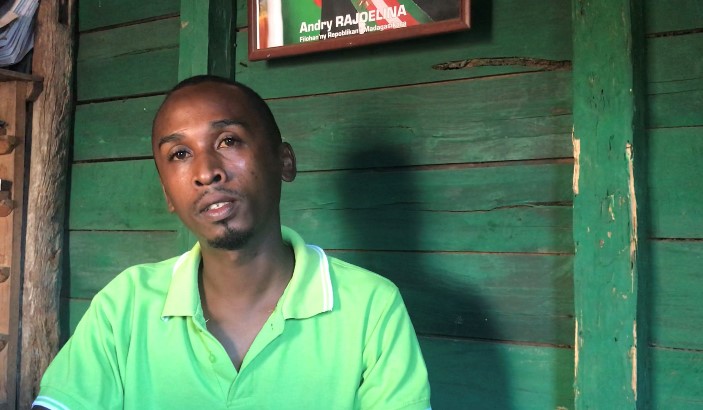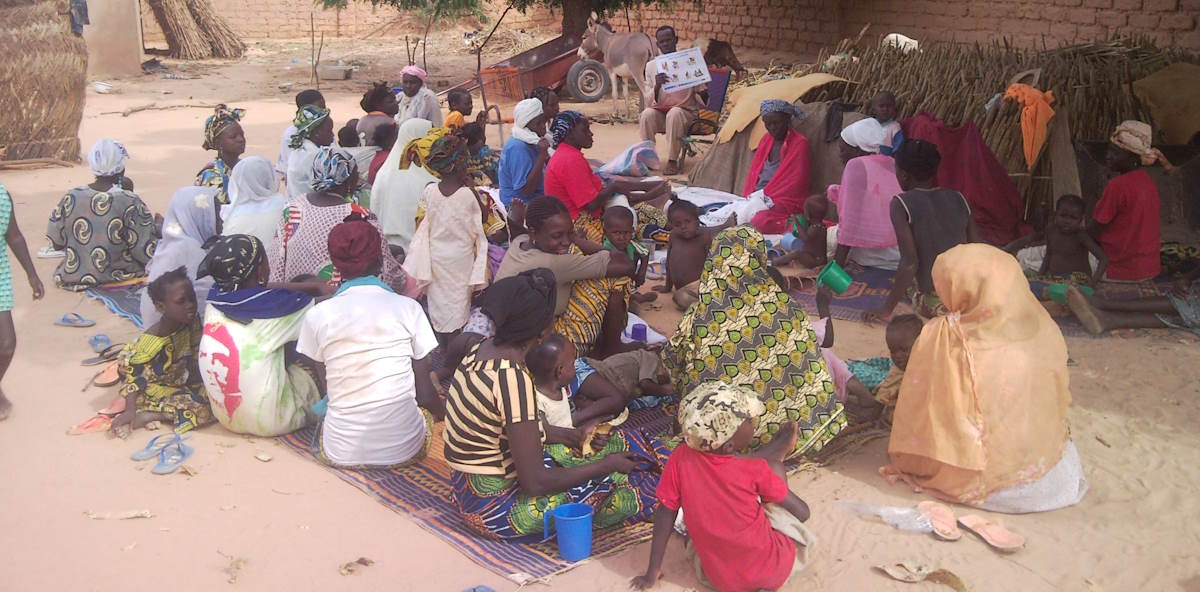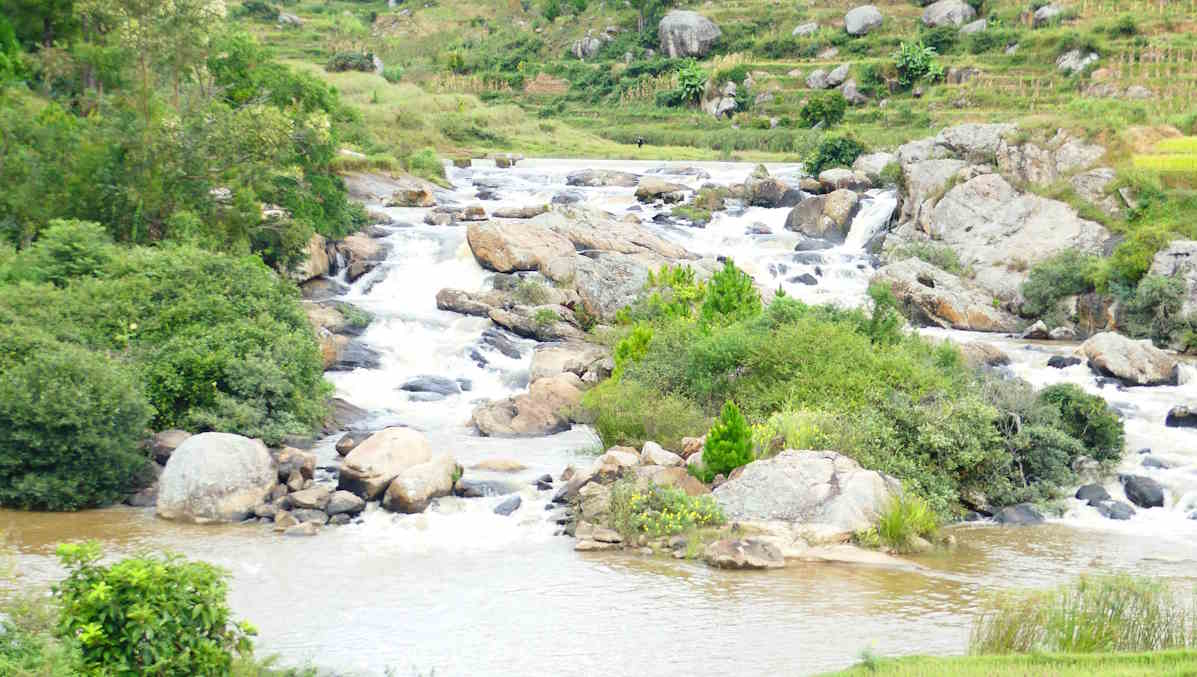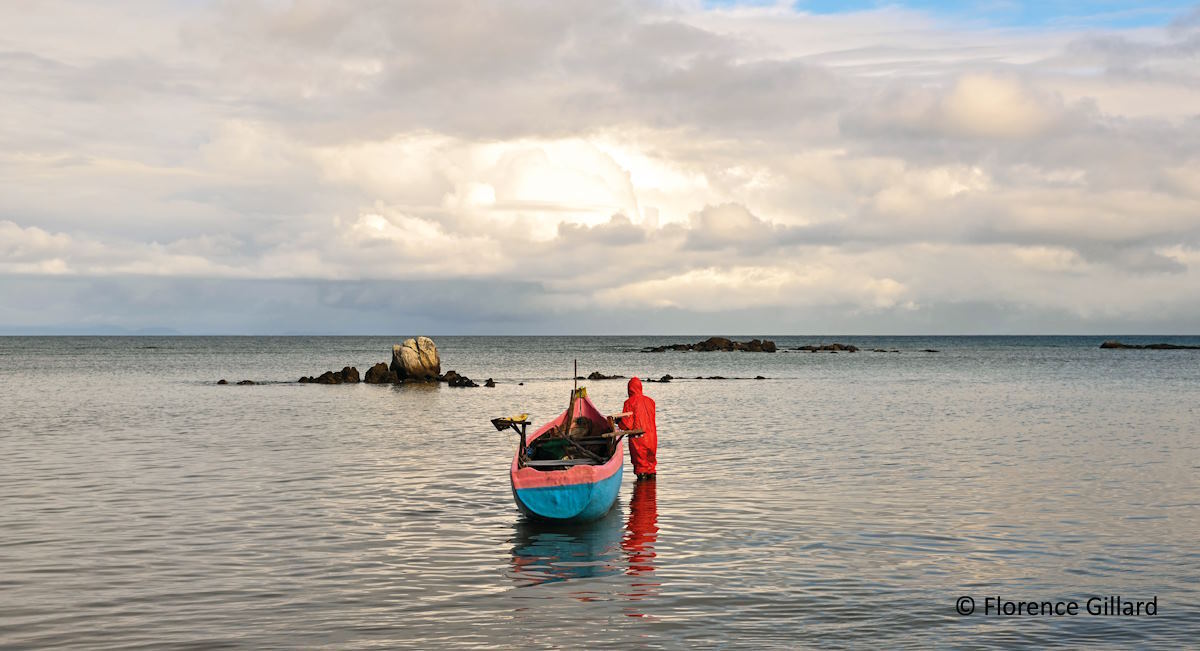Francine Botou and Didier Milia Raolisaon are members of the Komity Mavingan, community forest surveillance committees in Kalalao that were set up on the island of Sainte-Marie as part of the Project preserving forests on the island, with support from Maisons du Monde Foundation and Agence française de développement. The project aims to protect the island’s remarkable ecosystems via governance and involvement by all local stakeholders. Together with Désiré Rafanomezantsoa Rindra, district head of the environment and sustainable development in Sainte-Marie, they answered the questions we put to them.
What does your work consist of?
Francine Botou: We undertake forest patrols to record offences and produce patrol reports that are submitted to the district head of the environment and sustainable development, who intervenes when necessary. In each record we detail the type of offence, time and place in forms using the SMART methodology and a GPS.
Didier Milia Raolisaon: Our work mainly consists of informing populations about the law and raising the awareness of delinquents we meet in the forest. The pressure comes from wood cutting, commissioned by wealthy people and non-nationals living in Sainte-Marie, because the quality of wood from the forest is very popular. Some forest clearing is generated by people who have no lands to cultivate and lots of mouths to feed, and some is due to the fact that slash-and-burn agriculture in the forest is considered better for fertilisation of rice than the savoka (old fallow land).
Désiré Rafanomezantsoa Rindra: Solid resources need to be dedicated to protecting the forests of Sainte-Marie, because they are home to endemic woody species. The Kalalao forest also has a source that supplies water to the town of Sainte-Marie. In general, we all know that protecting forests ensures consistent rainfall, while the trees protect the soil from erosion and purify the air. This is what we convey in awareness-raising spots on the radio and in all our communication, which means that children in school now know the importance of protecting forests.
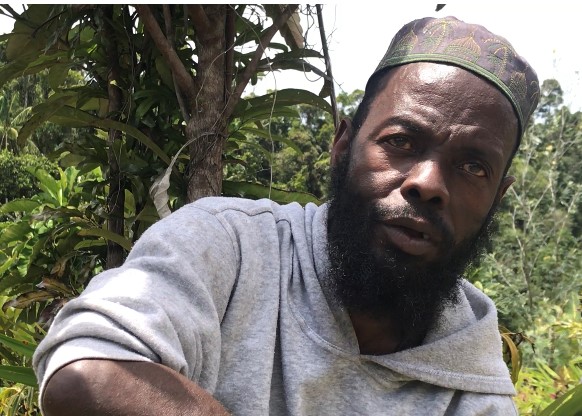
Why are you involved in the Kalalao forest surveillance committees?
DMR: Our ancestors had a much larger forest than we have today. The economic development of the island is leading to its gradual destruction and we absolutely want to avoid this disaster. We received some technical support to encourage us, but our efforts are mostly based on our determination. Since the patrols were set up in 2019, there is less pressure on the forest, because sanctions were applied. During the Covid-19 crisis, due to health recommendations we had to suspend patrols for two months, and the pressure increased significantly (Editor’s note: offences recorded increased by 85 % in Kalalao forest between January and August 2020), but now we are back at work… wearing masks!
FB: Offences increased because the health crisis led to a high level of unemployment among the population, because a lot of people normally work in tourism (Editor’s note: Sainte-Marie is a very popular destination in Madagascar). People had to find quick, easy sources of income to feed their families. I got involved with the Komity mavingan because I fear for my children’s future if the forests were to disappear.

In what way is the work between the Komity Mavingan and the district important and complementary?
DRR: Every time the patrollers record offences in the forest, they inform us and send us a detailed report of offences committed and the people involved. The patrollers’ action is of great help to us because we can’t always know what is happening on the ground. It enables us to monitor evolution of pressure on Kalalao forest and therefore to work better to protect it. We now hope to expand the surveillance patrols to two other forest blocks on the island, the Ampanihy and Ambohidena forests, to be even more effective.
